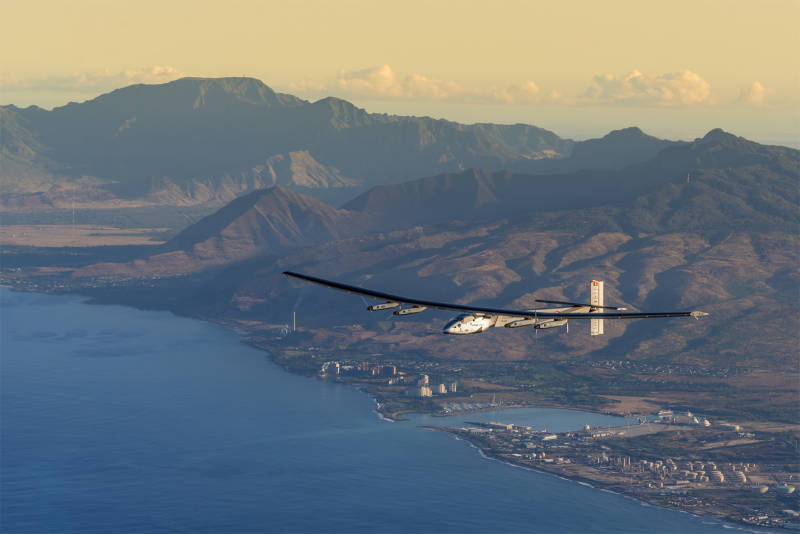After some uncertainty about the winds, the Solar Impulse team has taken off from Hawaii, venturing off on another leg of their solar-powered, around-the-world journey nearly 10 months after landing in the state.
The aircraft landed in Hawaii last July but was forced to stay in the islands after the plane’s battery system sustained heat damage on its trip from Japan.
The Swiss-made Solar Impulse 2 left Hawaii early Thursday and was on course to land in Mountain View, California, in about three days.
The aircraft started its journey in March 2015 from Abu Dhabi, the capital of the United Arab Emirates, then made stops in Oman, Myanmar, China and Japan. It’s on the ninth leg of its circumnavigation.
Piccard said the idea of crossing the ocean in a solar-powered plane a few years ago stressed him out, but Thursday morning he was confident things would go according to plan.
